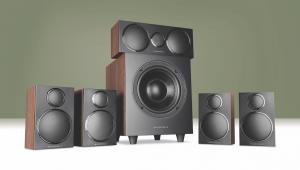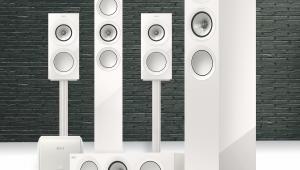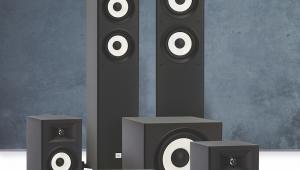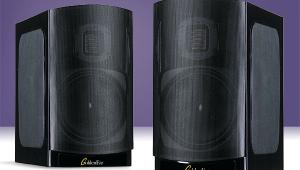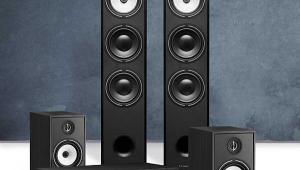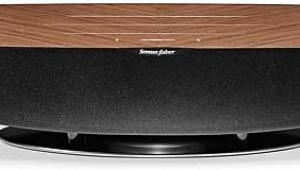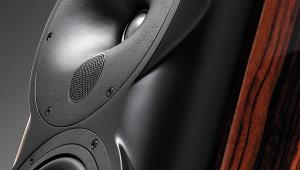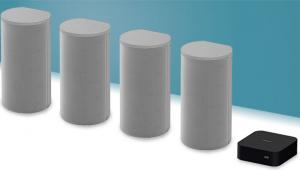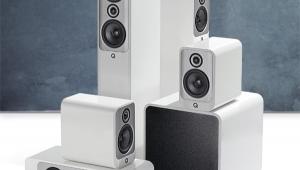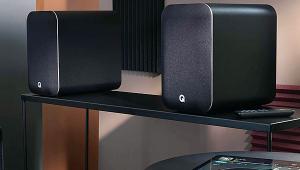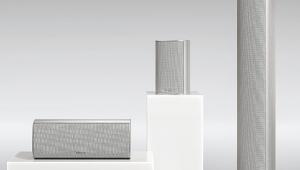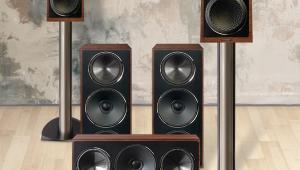Piega Ace Wireless 5.1 Loudspeaker System Review
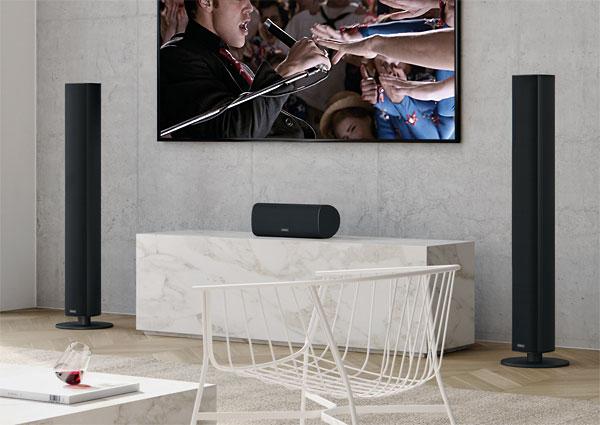
 Piega's Ace loudspeaker range has gone active wireless. Steve Withers swaps cables for WiSA
Piega's Ace loudspeaker range has gone active wireless. Steve Withers swaps cables for WiSA
Launched in 1986, Swiss loudspeaker brand Piega has a penchant for aluminium enclosures, ribbon tweeters, and the kind of meticulous handcrafted engineering you'd expect from a nation best known for its precision timepieces. And its Ace series ticks off all these boxes.
The range sits towards the lower end of Piega's catalogue, although it's not strictly the entry point, which is reserved for the Classic series. Passive Ace speakers debuted around a year ago (see HCC #326), but now there's a wireless upgrade adding two important features – integrated amplification and support for the WiSA transmission standard.
The benefits of active speakers are fairly well known, but in case you're wondering they naturally negate the need for a separate amplifier, making installation and setup easier. Furthermore, the crossovers are optimised, minimal wiring produces less resistance or distortion, and the integrated power modules are designed to specifically match the speaker's drivers, which should lead to a better overall performance.
But what about WiSA? Rather than a dodgy rock band from the 1990s, this is a transmission standard developed by the Wireless Speaker and Audio Association – a multi-member organisation co-founded by Silicon Image and Summit Wireless. Its headline tricks are low latency, rapid synchronisation, and support for up to eight 24-bit/96kHz channels simultaneously. This makes it ideal for multichannel audio, with the Ace series capable of creating a 7.1-channel system.
Poetry In Motion
The Ace Wireless range is composed of three speakers: the floorstanding Ace 50; the compact Ace 30; and the Ace Centre. All of them use extruded aluminium cabinets, upgraded midrange and bass drivers, a revised version of Piega's Air Motion Transformer (AMT) ribbon tweeter, and a sophisticated DSP system capable of handling up to 24-bit/192kHz high-res audio.

The Ace 50 is a thin and elegant three-way tower featuring an AMT tweeter, a 4.75in midrange driver, and four 4.75in woofers – all powered by 200W of built-in grunt. The Ace 30 is a more compact bookshelf loudspeaker that uses a two-way design of AMT tweeter and 4.75in bass/mid driver combined with 100W of juice, while the Ace Centre also includes 100W but has two bass/mid drivers, one either side of the ribbon tweeter.
The build quality of the speakers is exceptional, with the solid aluminium construction and stylish curved cabinets catching the eye. These Ace Wireless models look and feel high-end, while their relatively svelte proportions make them easy to position around the room (or under the TV, as in the case of the Centre).
There's a choice of three smart finishes: sand-blasted natural aluminium with a grey fabric grille; anodised black with a black metal grille; and high-gloss white with a white metal grille. All are striking, but the black and white finishes carry a slight price premium of £50.
Are You Receiving Me?
Go for the aluminium finish, and the Ace 50 TX costs £2,090, while the RX version is £1,900 a speaker. The Ace 30 TX will set you back £1,090, and the RX version retails for £900. The Ace Centre is only available as an RX option at £990.
If you're wondering why there are two versions of the Ace 50 and 30, the TX is a transmitter, and the RX is a receiver. Which of these you choose depends on the type of setup you're considering, but basically the TX model sends lossless hi-res audio wirelessly to its RX sibling.
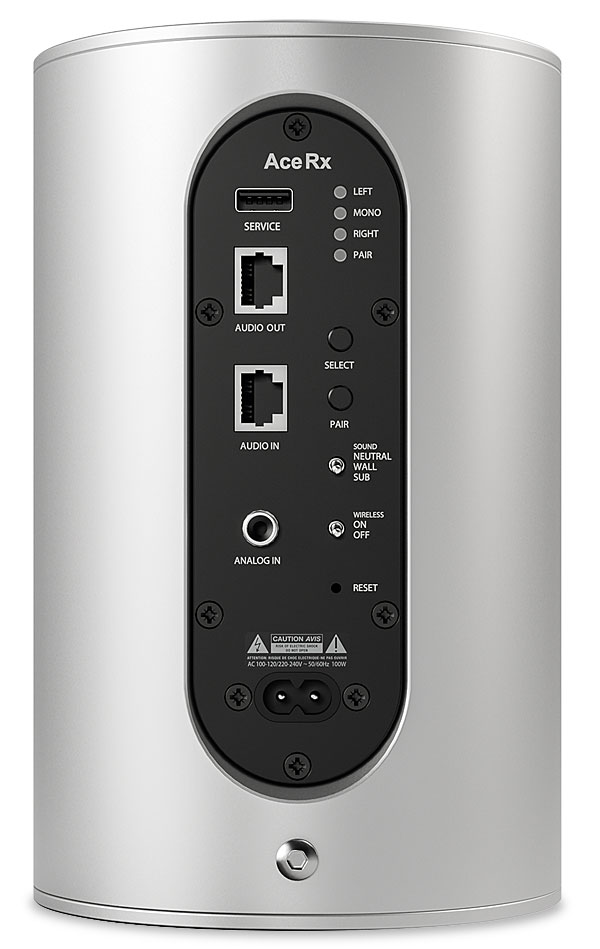
For this reason the TX speakers include Wi-Fi, using an external antenna, WiSA, DLNA and Bluetooth 4.2, plus Ethernet, HDMI eARC, optical and coaxial S/PDIF and analogue stereo connections. The RX models offer Wi-Fi, WiSA, an analogue mono input and audio in/out through balanced audio via RJ45 connectors. Both versions have switchable wireless functionality, a boundary gain compensation switch, and a USB firmware/service port.
For a simple stereo configuration you'll need one of each, with the TX speaker acting as the main hub and wirelessly transmitting the other channel to the RX speaker. For this reason the TX speakers not only have that HDMI eARC connector, but also support for Spotify Connect, Google Chromecast, and Roon.
However, when it comes to multichannel you only use RX designated speakers that receive the surround sound signal for each channel from a WiSA-certified source (including the £200 SoundSend hub, which I used) or WiSA-enabled TV (LG is an adopter of the technology).
This might all sound rather complicated by I found Piega's Ace system ridiculously easy to setup. All you need to do is follow the instructions on your WiSA TV or hub, and all the speakers pair automatically.
For this audition I was using two Ace 50 RX floorstanders, a pair of Ace 30 RX speakers, an Ace Centre RX, and a Piega Sub Medium in a 5.1 configuration, although you could add two more speakers for a full 7.1-channel system if you have the budget and desire.
 |
Home Cinema Choice #351 is on sale now, featuring: Samsung S95D flagship OLED TV; Ascendo loudspeakers; Pioneer VSA-LX805 AV receiver; UST projector roundup; 2024’s summer movies; Conan 4K; and more
|




